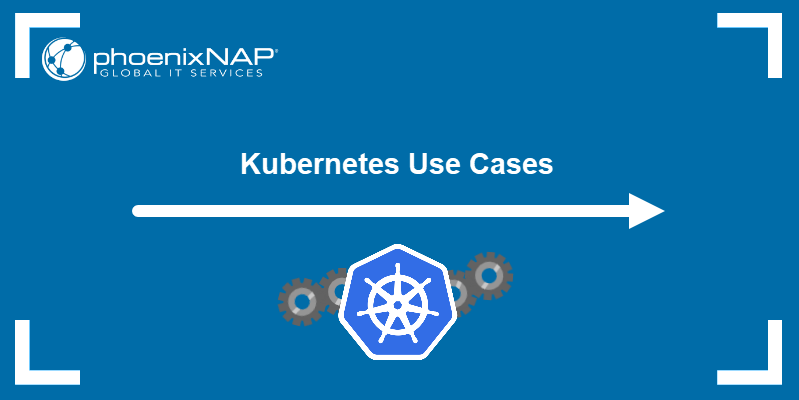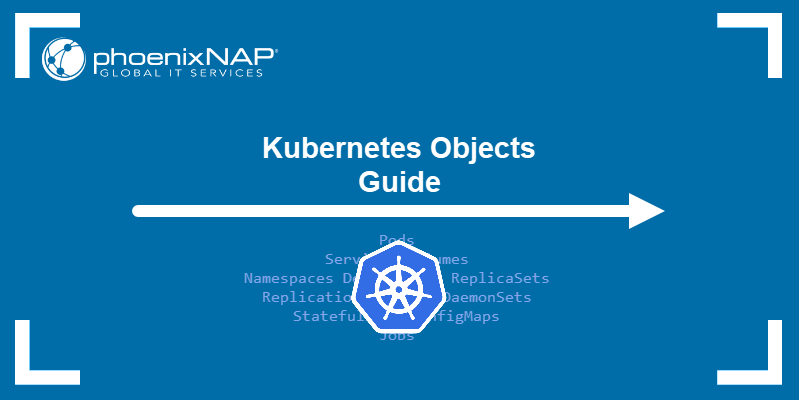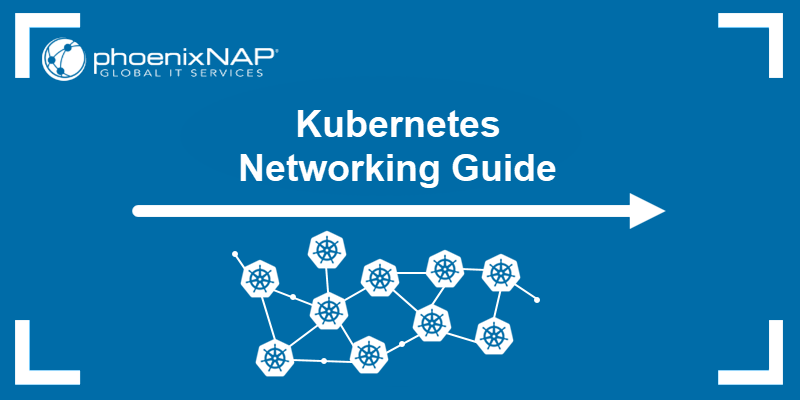Kubernetes has many applications throughout the IT industry, from web development and cloud computing to machine learning and big data processing. However, since deploying a container orchestrator can be time-consuming and complex, learning about the most common Kubernetes use cases can help you assess whether it suits your needs.
This article will provide an overview of Kubernetes' advantages and help you decide when to use Kubernetes and when to avoid it.
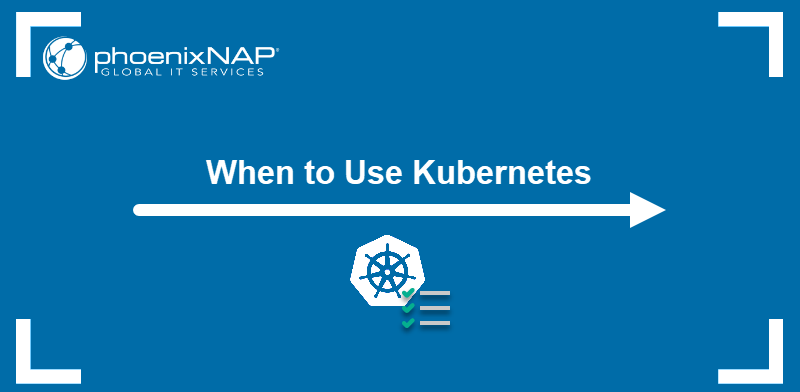
When You Should Use Kubernetes
As a container orchestrator, Kubernetes primarily benefits complex distributed systems that run many containers across different environments. Below is a list of popular Kubernetes use cases.
- Microservices. Modern cloud-native applications utilize a microservices architecture to ensure scalability and resilience. Kubernetes offers an easy way to manage, scale, and deploy microservices and provides APIs and tools to enable rolling updates and improve logging and monitoring capabilities.
- Continuous Integration and Deployment (CI/CD). Kubernetes works well with other popular CI/CD tools such as Jenkins and Docker and helps improve automation and resource management in the CI/CD pipeline. Typically, Kubernetes is at the end of the pipeline, managing the application deployment and updates to production.
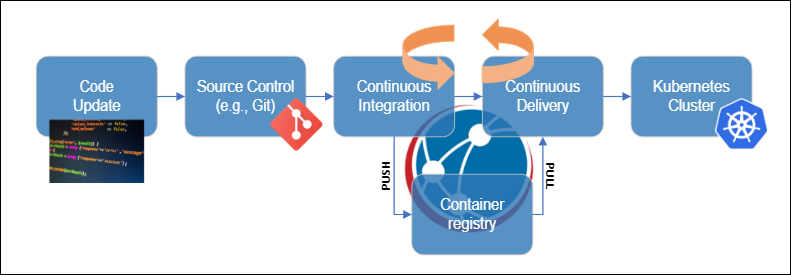
- Multi-tenant applications. Applications designed to serve multiple customers from a single app instance (e.g., CRM software, cloud-based storage, customer service platforms, etc.) benefit from Kubernetes' ability to provide a secure isolated environment for each tenant.
- Analytics and big data. Projects that deal with large datasets utilize Kubernetes for data pipeline management and workload scaling.
- High-performance computing (HPC). Kubernetes is gaining traction in HPC, where it manages data clusters, supports data-intensive workloads, and facilitates resource sharing.
Project types where Kubernetes provides additional value include:
- Web and mobile applications.
- E-commerce platforms.
- Software developed using the DevOps methodology.
- Machine learning projects.
- Internet of Things (IoT) solutions that utilize edge computing infrastructure.
Advantages of Using Kubernetes
Kubernetes architecture allows the platform to automate various aspects of app deployment, optimize resource consumption, and ensure high availability. The following sections present crucial advantages of Kubernetes-based deployments.
1. Resource Efficiency
Kubernetes optimizes resource usage by ensuring that pods always have the optimal resources at their disposal. Users define the requirements for pods by specifying resource requests and limits.
- Resource requests define resources (CPU, memory, etc.) for a pod to use.
- Resource limits ensure pods do not consume more than the resources allocated to them.
Note: Users can set requests and limits on a container, pod, or namespace level.
Well-designed resource requests and limits prevent underutilization of cluster resources and lower the deployment cost.
2. Scalability
Scalability is one of the most important selling points of Kubernetes, allowing projects to control resource utilization on an as-needed basis. Kubernetes architecture supports four types of scaling:
- Horizontal scaling is a dynamic pod scaling feature that manages increased or decreased deployment loads by scaling the number of pod replicas for the given deployment.
- Vertical scaling involves the dynamic provisioning of resources (memory and CPU) to the already running pods.
- Cluster scaling involves the scaling of cluster nodes depending on node utilization monitoring.
- Multidimensional scaling combines horizontal and vertical scaling features.
Note: Find out what Kubernetes horizontal pod autoscaling (HPA) is, how it works, and how to configure it.
Kubernetes allows projects with unpredictable growth to handle diverse resource requirements. Scaling optimizes infrastructure costs while ensuring the performance remains optimal.
3. Automation
Kubernetes automates service discovery, load balancing, and failover, and significantly reduces the need for manual intervention. Deployment automation helps teams short on staff and resources to free up time for other tasks.
Note: phoenixNAP's Bare Metal Cloud provides one-click Kubernetes deployments using its Rancher integration solution.
4. Portability
The popularity of running Kubernetes on hybrid and multi-cloud environments resulted in portability becoming one of the crucial factors in the software development lifecycle (SDLC).

Kubernetes allows teams to run their applications using on-premises infrastructure, a cloud provider, or any combination of these infrastructure elements.
5. High Availability
High availability (HA) is the ability of a system to serve the end users without interruptions caused by insufficient resources, maintenance, or updates. HA helps organizations cut down service downtime costs and improve the performance of their application.
Kubernetes is designed to support high-availability clusters. HA clusters have more than one master node connected to worker nodes via a load balancer.
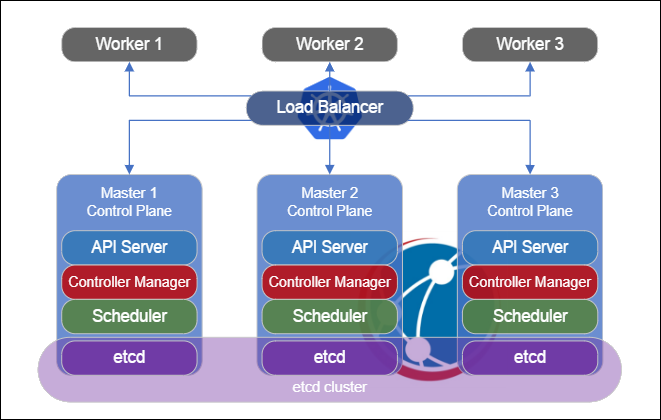
By introducing multiple master nodes, Kubernetes administrators can ensure that the control plane is available even in the case of hardware failure on one of the nodes.
Note: To better understand the benefits of using Kubernetes, read our guide on how Kubernetes works.
When You Should Not Use Kubernetes
While using Kubernetes for software development brings many cost and productivity benefits, there are some business scenarios in which the container orchestrator can be unnecessary or even detrimental.
The following is a list of considerations for an organization that wishes to integrate Kubernetes into its workflow.
- If the team does not have experienced DevOps infrastructure engineers, the cost of training and managing a Kubernetes cluster may be too high.
- Kubernetes excels in supporting large projects - building a small application that does not require complex scaling and management usually does not require a Kubernetes-sized orchestrator.
- Implementing Kubernetes is a slow and resource-demanding process that may impact time-to-market.
- If projects need to iterate quickly, Kubernetes might introduce an unacceptable management overhead.
- The migration of legacy applications to containers is a time-consuming process. The teams working on such applications often benefit more from traditional infrastructure management tools.
Conclusion
After reading this article, you should better understand the advantages Kubernetes brings to application development. The article also highlighted the use cases in which running Kubernetes is beneficial and those in which you should consider looking for a different solution.
